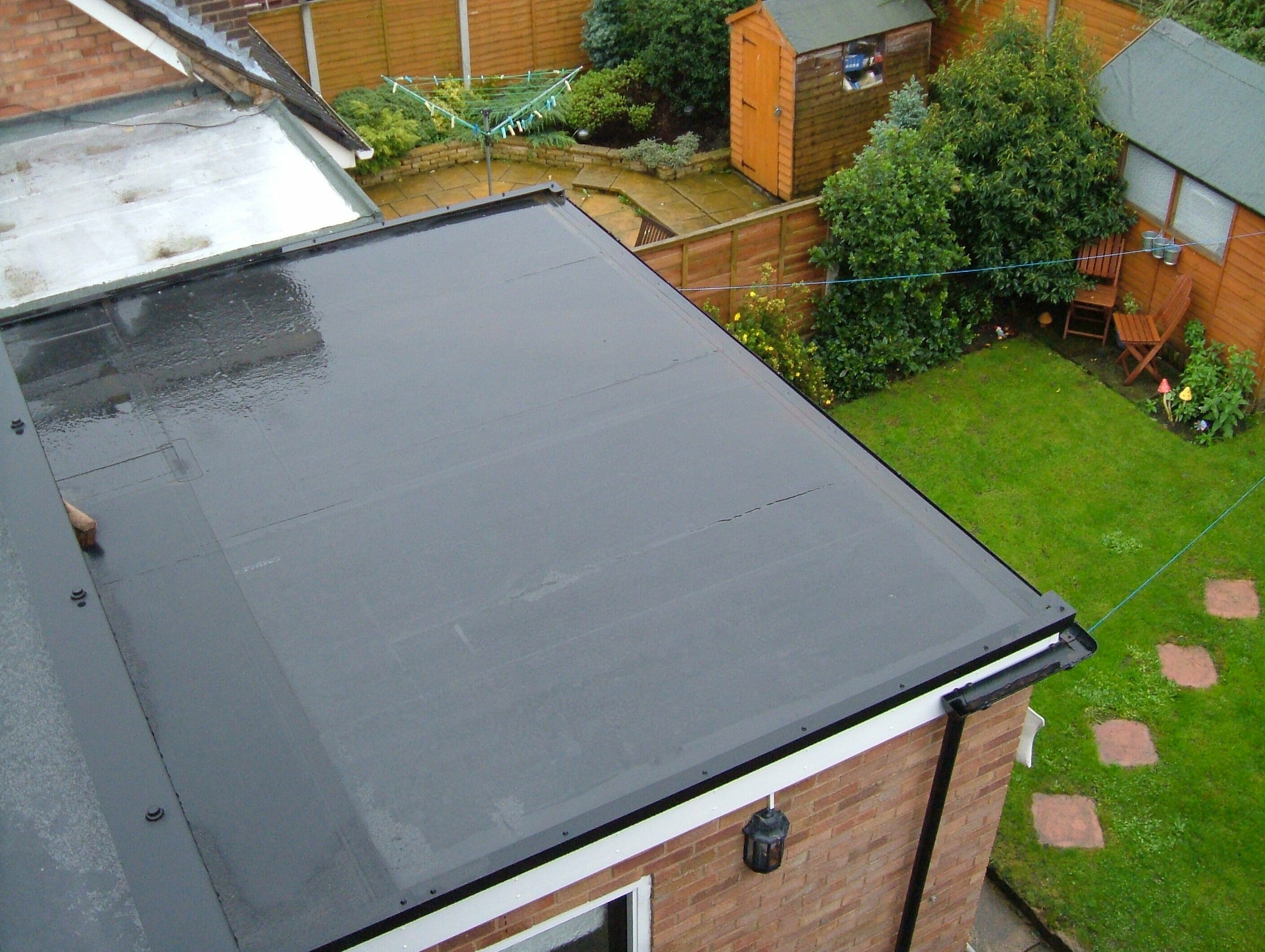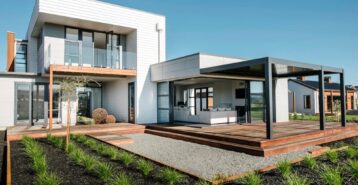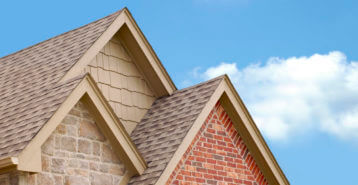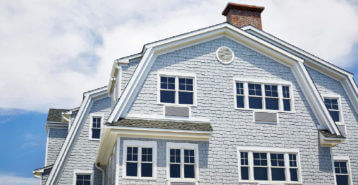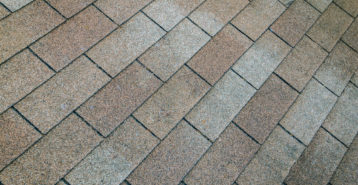What Are Mansard Roofs?
Mansard roofs, also called French or curb roofs, are known for their classic, boxy shape and steep lower slopes. Each of the four sides features two distinct slopes: a nearly vertical lower slope and a gentler upper slope that’s often hidden from street view. This style isn’t just eye-catching, it also creates more usable space in the attic or top floor of the home.
Popularized during the French Renaissance, mansard roofs remain a go-to option for homeowners looking to blend timeless design with added functionality.
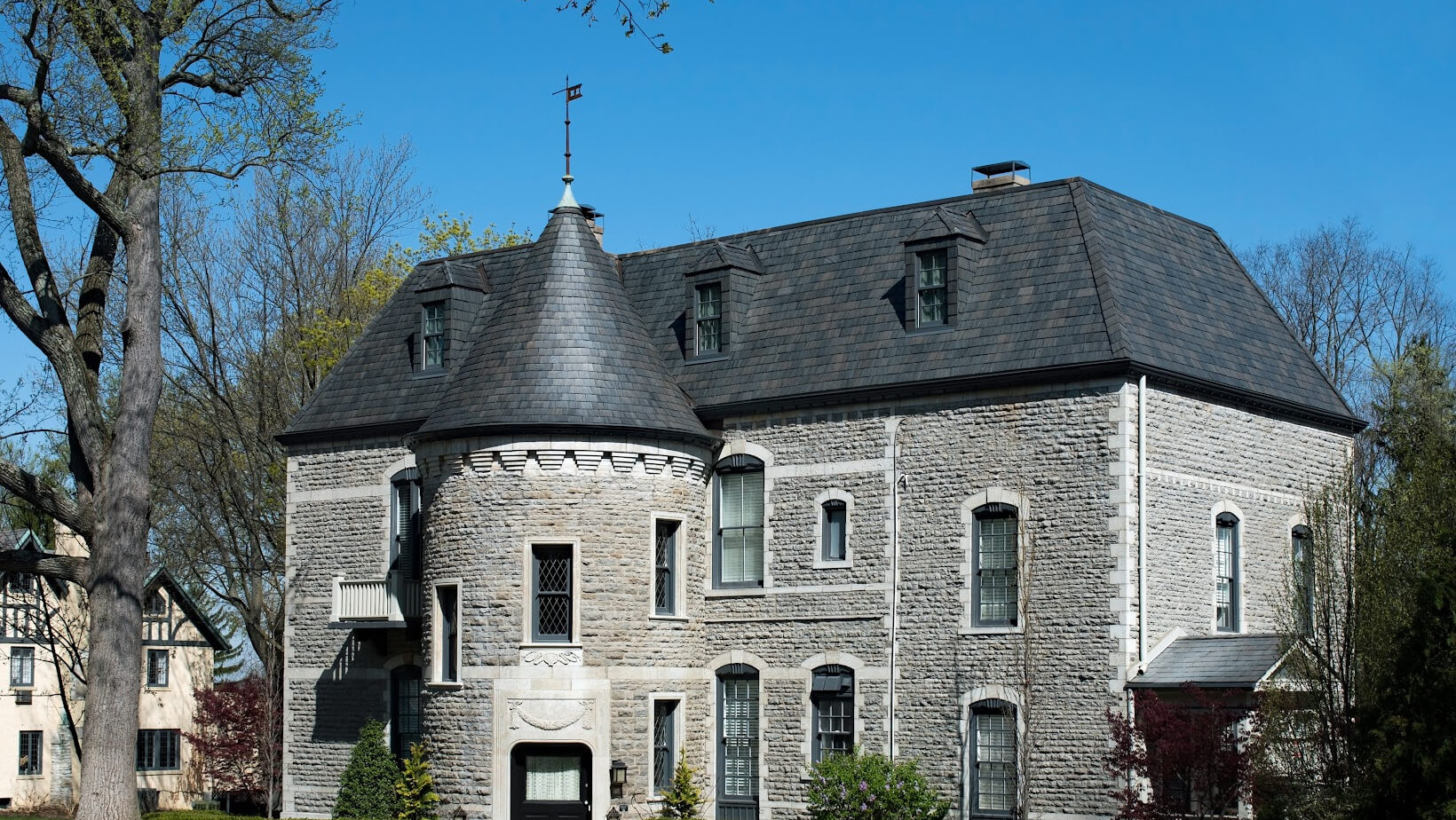
History of the Mansard Roof
The mansard roof dates back to the mid-1500s, with one of the earliest examples found in the Louvre’s southwest wing in Paris. Its rise in popularity is credited to architect François Mansart in the 1600s, whose use of the style in elegant urban architecture helped make it iconic. His great-nephew, Jules Hardouin-Mansart, carried the trend into grand designs like the Palace of Versailles.
Today, mansard roofs are still found on historic homes across New England and are making a comeback in modern, upscale builds.
How Much Does a Mansard Roof Cost to Install?
Installing a mansard roof is a more involved process than standard roof styles, and that complexity is reflected in the cost. For a 2,000-square-foot home, expect to pay $16,000 to $40,000, or about $8 to $20 per square foot.
Your total cost will depend on:
- The size and shape of your roof
- The materials you choose
- Local labor rates
- The need for dormer windows or structural changes
Switching from a different roof style will typically require additional framing and custom features, which can increase your budget.
Best Roofing Material for a Mansard Roof
Because mansard roofs feature steep slopes and sometimes flat tops, it’s important to choose the right materials for both function and aesthetics.
Steep Lower Slopes:
- Slate tiles and wood shingles are traditional, offering a classic look.
- Synthetic shingles mimic slate or wood but are more affordable and lightweight.
- Metal roofing provides durability and a modern touch.
- Luxury asphalt shingles are another option, but installation must be secure due to the slope.
Flat or Low-Slope Tops:
Use waterproof membranes like EPDM, PVC, or TPO. These materials resist pooling water and work well on low-pitch areas that need extra protection.
Benefits of Mansard Roofs
Mansard roofs combine style and function in a way that’s hard to beat. Here are the top benefits:
Elegant Curb Appeal
The signature shape of a mansard roof adds sophistication to any home. This classic look is ideal for homeowners who want to boost property value and create a lasting impression.
Added Living Space
The steep lower slopes maximize interior space. Whether you finish it as a bedroom, office, or guest suite, the attic becomes far more functional.
Built for Dormers, Light, and Expansion
- Dormer windows fit perfectly and brighten the upper floor.
- Natural light creates a more comfortable living space.
- The vertical design allows for easier home expansions down the road.
Potential Drawbacks
While beautiful and functional, mansard roofs come with a few challenges:
Snow and Water Buildup
Because of the flatter upper slope, snow, rain, and debris may collect over time. Without proper drainage or membrane protection, this can lead to leaks or roof damage.
Permit and Design Complexity
Installing a mansard roof may require extra permits or design approval, depending on your location. The complex structure also means not every roofer will have the experience to build one properly.
Higher Costs and Maintenance Needs
From the start, a mansard roof will cost more than simpler designs. Repairs and inspections also tend to be more expensive due to the roof’s steep angles and materials.
Styles of Mansard Roofs
Not all mansard roofs look the same — there are a few distinct styles, each with its own visual appeal and design benefits. Here’s a quick breakdown of the most common ones:
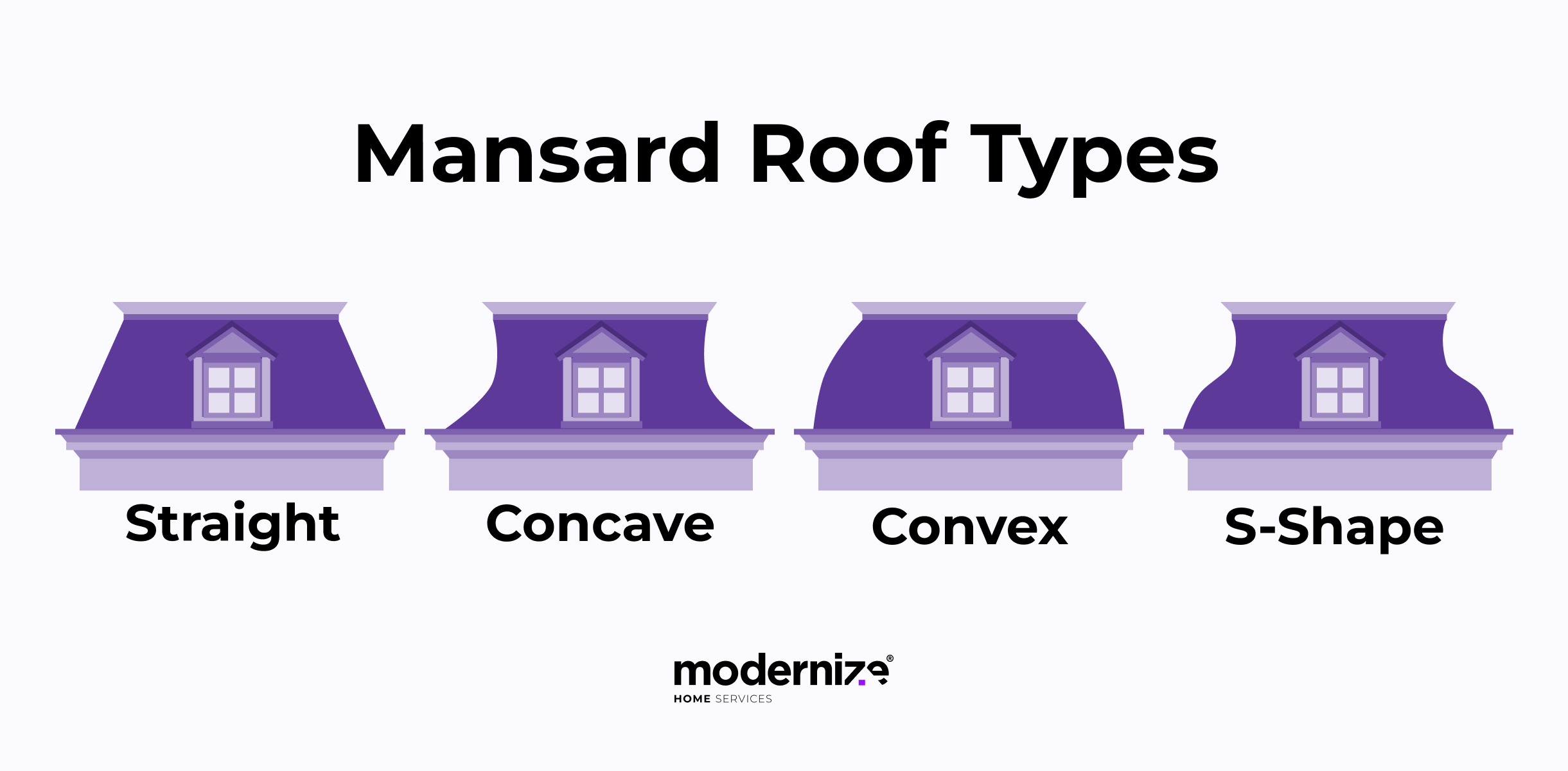
Straight
This is the classic version most people picture when they think of a mansard roof. It features a steep, straight lower slope paired with a nearly flat upper section. It’s a great option if you’re looking to add dormer windows and create a roomy attic space.
Concave
With a lower slope that curves inward, the concave style softens the overall look of the roof. It’s a more decorative option, often seen on grand, 19th-century homes that aimed for a bit of drama in their architecture.
Convex
This version curves outward at the base — think of it like the shape of a bell. That rounded look not only adds visual interest but also makes room for more interior space. You’ll often find this style on historic buildings and older public structures like courthouses.
S-Shaped
Blending the inward and outward curves of concave and convex designs, the S-shaped mansard roof offers a flowing, graceful profile. It’s a favorite for custom builds or high-end homes where a bold architectural statement is part of the plan.
Mansard vs. Gambrel Roofs
Mansard and gambrel roofs are often confused because of their shared double-slope design. However, they differ in key structural ways, especially when it comes to how each roof covers the home and the architectural elements involved. One of the biggest differences? Gambrel roofs use gables, while mansard roofs use hips.
Mansard Roof 
The mansard roof offers a formal, symmetrical look with a four-sided design. It’s an ideal choice for homeowners who want to maximize upper-floor space while adding a refined, architectural touch to the exterior.
- Structure: Features two slopes on all four sides. The lower slope is steep, almost vertical, while the upper slope is shallow or flat.
- Sides: Fully hipped, meaning all four sides slope inward with no vertical walls or gables.
- Style: A staple of French Renaissance and Second Empire architecture. Dormers are often added for light and ventilation.
- Benefits: Creates more usable attic or top-floor living space and allows for complex, elegant detailing across the entire roofline.
Gambrel Roof 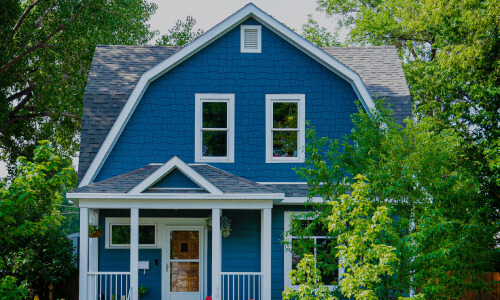
The gambrel roof shares a similar two-slope concept but only on two sides. The upper slope is gentle, and the lower slope is steep, creating a barn-like shape. This style is more informal and commonly found in American homes and rural architecture.
- Structure: Two sides with double slopes; the steeper lower slope maximizes space, and the flatter upper slope improves runoff.
- Sides: Ends in vertical gables on the other two sides, unlike the mansard’s hipped design.
- Style: Common in Colonial, Dutch Colonial, and farmhouse-style homes. Adds classic charm and a bit of rustic appeal.
- Benefits: Easier and less costly to construct than mansard roofs. Still offers generous attic space and is perfect for dormers or lofts.
Finding a Quality Roofer
Mansard roofs aren’t something just any contractor can handle. The unique framing, steep angles, and added materials require specialized knowledge and experience.
Modernize makes it easy to connect with professionals who know this style inside and out. We’ll match you with up to four licensed local roofers who can help you plan and build your mansard roof the right way, from start to finish.
FAQ: Mansard Roofs
What is the point of a mansard roof?
A mansard roof is designed to maximize living space on the top floor while adding architectural elegance to the exterior. With its steep lower slopes and flat or low-slope upper section, a mansard roof creates a full-height attic that can be finished into bedrooms, offices, or guest suites. It’s also ideal for adding dormer windows, increasing natural light and ventilation.
What are 3 disadvantages of a mansard roof?
While mansard roofs offer aesthetic and functional benefits, they come with a few drawbacks:
- Higher installation costs due to the complex framing and multiple slopes
- Snow and water buildup risk on the flatter upper slope, which can lead to leaks if not properly drained
- More frequent maintenance and inspections, especially on the upper flat portion and steep angles
What is the difference between a gambrel and mansard roof?
The key difference lies in structure:
- A mansard roof has two slopes on all four sides, forming a fully hipped roof with no gables.
- A gambrel roof has two slopes on only two sides, with vertical gables on the other two sides.
Mansard roofs are more formal and found in French-inspired architecture, while gambrel roofs have a simpler, barn-like shape and are common in Colonial and farmhouse styles.
What is the difference between a dormer and a mansard?
A mansard is a full roofing style with four dual-sloped sides, designed to create extra living space. A dormer, on the other hand, is a smaller structure built into the roof, typically with a window, that adds light, ventilation, and headroom to an attic or upper floor. Dormers are often added to mansard roofs to increase usability and natural lighting.
How much does a mansard roof cost?
The average cost to install a mansard roof is between $16,000 and $40,000, or roughly $8 to $20 per square foot for a 2,000-square-foot home. Costs vary depending on the roof’s size, slope complexity, materials (like slate, asphalt, or metal), and whether dormers or structural reinforcements are needed.
